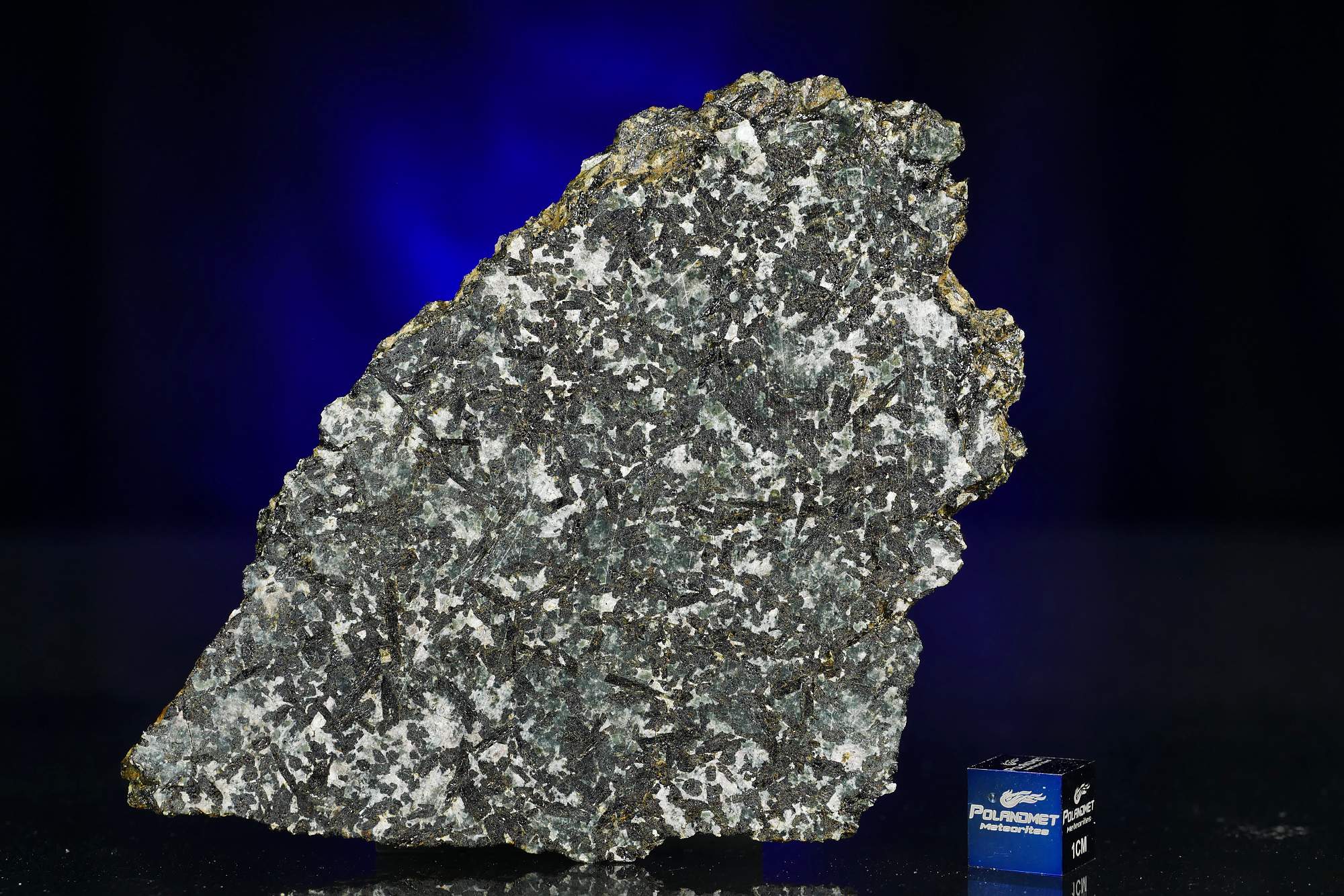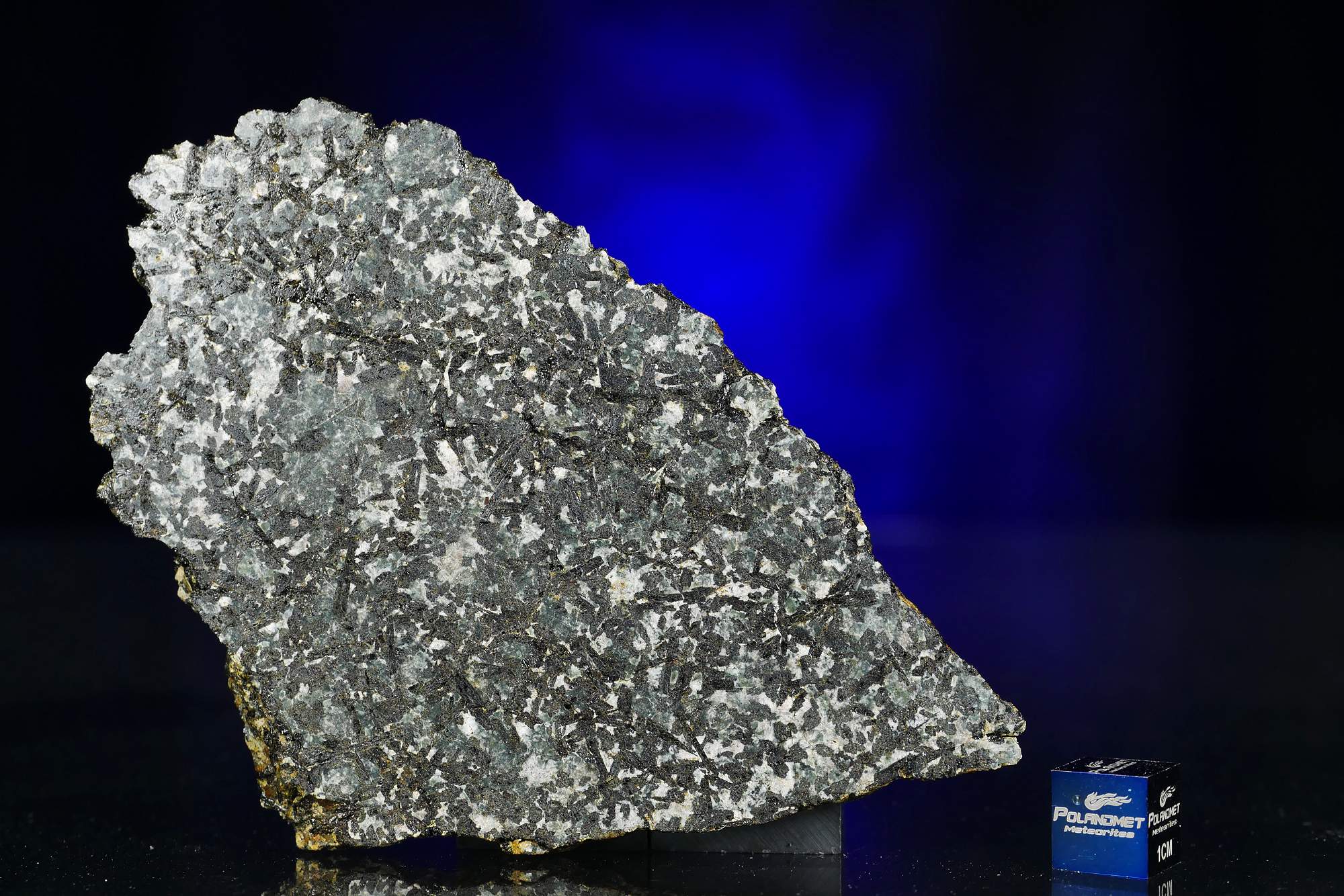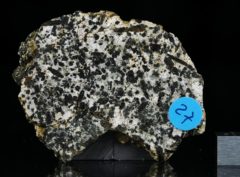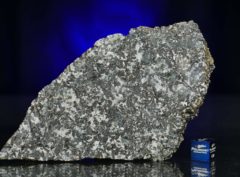Teschenite, coarse- to fine-grained, rather dark-coloured, intrusive igneous rock that occurs in sills (tabular bodies inserted while molten between other rocks), dikes (tabular bodies injected in fissures), and irregular masses and is always altered to some extent. It consists primarily of plagioclase feldspar, analcime, and titaniferous augite, with barkevikite, nepheline, and olivine usually in lesser amounts. The plagioclase crystals often are encased in the augite to give teschenite an ophitic texture. The rock is named for its occurrence near Teschen (now Cieszyn, Pol.); in central Scotland it is abundant in thick sills. Teschenite grades into picrite when the olivine content increases.
Encyclopædia Britannica, Inc.
Why Teschenite , not Cieszynite
Teschen (tĕ`shən), Czech Tĕšín, Pol. Cieszyn, former principality (c.850 sq mi/2,200 sq km), now divided between the Czech Republic and Poland. Teschen was its chief town. A part of Silesia, the principality was under Bohemia from 1292 to 1625, when it came under Hapsburg rule. It remained part of Austria until 1918. Its important coal mines (the Karviná basin) and iron deposits and its strategic concentration of several major rail lines made it an object of dispute between Poland and Czechoslovakia, each of which claimed Teschen on ethnic grounds. After World War I the Conference of Ambassadors, a body formed to help implement the Versailles Treaty, divided (1920) Teschen, giving the western section, including the Karviná basin, to Czechoslovakia and the eastern agricultural section to Poland. The town of Teschen also was divided into a Polish section, Cieszyn, and a Czech section, Ceský Tĕšín. Poland, however, continued to claim the Czech section and seized it (Oct., 1938) after the Munich Pact. During World War II the entire region was annexed to Germany, but in 1945 the status quo as of 1920 was restored despite Polish claims.
Thefreedictionary.com
Both side polished slice. Specimen comes from original location in Cieszyn, Poland found 2020






